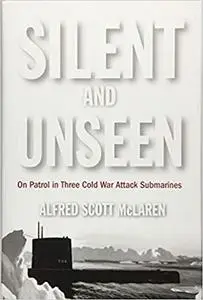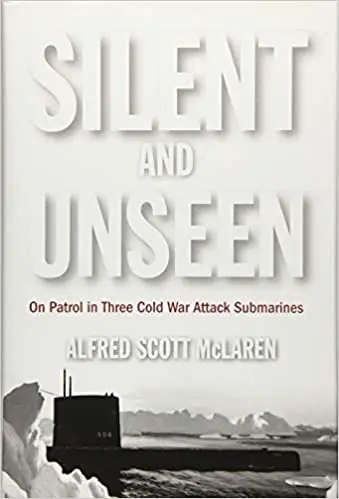Alfred Scott McLaren, "Silent and Unseen: On Patrol in Three Cold War Attack Submarines"
English | ISBN: 1612518451 | 2015 | 256 pages | AZW3 | 3 MB
English | ISBN: 1612518451 | 2015 | 256 pages | AZW3 | 3 MB
Silent and Unseen is a memoir of a submariner's life on a U.S. attack submarine during the Cold War by Capt. Alfred S. McLaren, an experienced submarine officer and nuclear attack submarine commander. He describes in riveting detail the significant events that occurred early in the Cold War during his seven years, 1958-65, on board three attack submarines: the USS Greenfish (SS 351), USS Seadragon (SSN 584), and USS Skipjack (SSN 585). He took part in the first submerged transit of the Northwest Passage, a Baffin Bay expedition, and, as commander of USS Queenfish (SSN 651), a North Pole expedition that completed the first survey of the entire Siberian Continental Shelf. McLaren's stories and anecdotes offer a look at the development of attack-boat tactics and under-ice exploration techniques.
During the early high-risk years of the Cold War, submarines were continually at sea, and each reconnaissance and intelligence-collection mission was of potentially great value to the United States. The missions often required zeroing in on the potential enemy to collect the intelligence desired, generally within weapons range. Unlike a war patrol, the U.S. attack boat had to remain undetected, and then withdraw as silently and unseen as it's original approach.
Greenfish was one of the most successful Pacific diesel submarines when McLaren served aboard her as a watch and weapons officer. He then served as watch officer on the Seadragon when she became the first nuclear submarine to transit from the Atlantic to the Pacific via the Arctic Ocean. En route, she examined the underside of icebergs, conducted the first underwater survey and passage through the Northwest Passage, and surfaced at the North Pole.
McLaren concludes by recounting his experiences on board what was then the world's fastest and most advanced submarine, USS Skipjack (SSN 585) during the Cuban Missile Crisis, two Cold War missions, and the very intensive and exciting period of new tactical and weapons development which followed to counter a rapidly emerging Soviet nuclear submarine threat.



